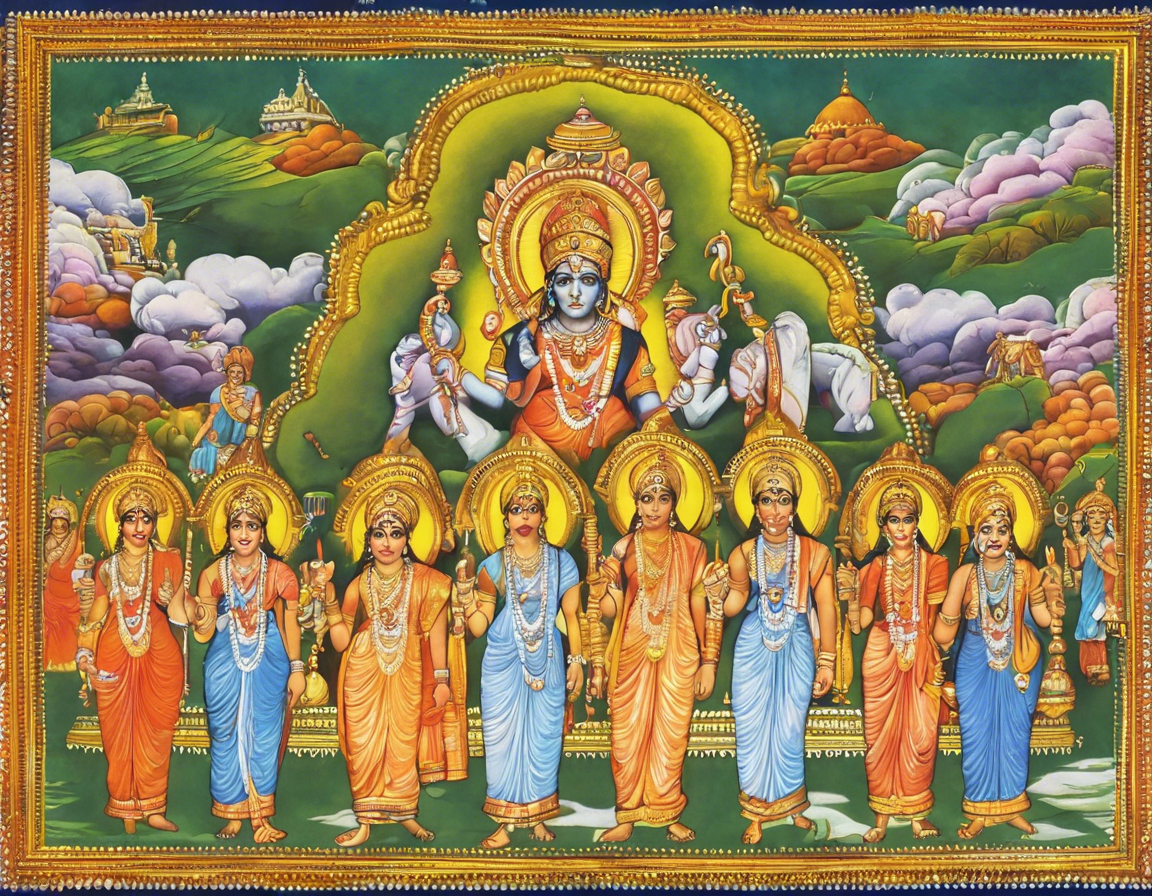Introduction
In the realm of Hindu culture and tradition, Irugapatru holds a special place. Translated as “sacred thread” in Tamil, it is a significant symbol that carries spiritual and social connotations. This article aims to delve into the depths of Irugapatru, exploring its origins, purpose, symbolism, and contemporary relevance.
Origins and History
The origin of Irugapatru can be traced back to ancient Vedic traditions, where the wearing of sacred threads was reserved for the upper castes as a symbol of their privileged status. Over time, this practice evolved, with different communities and regions adopting their variations of the sacred thread.
Purpose and Significance
Irugapatru is typically conferred during important ceremonies such as Upanayana, marking the initiation of young boys into formal education and spiritual learning. The sacred thread symbolizes the individual’s commitment to upholding Dharma, or righteousness, throughout their lives.
Symbolism and Layers of Meaning
At a symbolic level, Irugapatru represents the three debts that every individual owes: to their teachers, their ancestors, and the divine. It also signifies the wearer’s role within society and their responsibilities towards preserving cultural and spiritual heritage.
Spiritual Practices and Rituals
In addition to its symbolic significance, Irugapatru is also associated with various spiritual practices and rituals. The act of changing the sacred thread during major life events or ceremonies is believed to renew one’s commitment to Dharma and strengthen their spiritual connection.
Contemporary Relevance and Evolution
In modern times, the wearing of Irugapatru has undergone significant changes, reflecting the evolving social and cultural landscape. While its traditional significance is still upheld in many communities, there is a growing emphasis on understanding the underlying values and principles it represents.
Challenges and Controversies
Despite its rich symbolism and cultural relevance, Irugapatru has also faced criticism and controversy, particularly regarding issues of caste privilege and exclusion. There are ongoing discussions within Hindu communities about the need to reinterpret and reclaim the symbolism of the sacred thread in a more inclusive and egalitarian manner.
Conclusion
In conclusion, Irugapatru stands as a potent symbol of tradition, spirituality, and societal roles within Hindu culture. Its deeper meanings and layered symbolism continue to intrigue and inspire individuals, prompting reflection on their duties and connections to the wider world.
FAQs
1. What is the significance of wearing Irugapatru?
The wearing of Irugapatru symbolizes a commitment to upholding righteousness, acknowledging one’s debts to teachers, ancestors, and the divine, and fulfilling one’s societal responsibilities.
2. Who traditionally wears Irugapatru?
In traditional Hindu communities, boys undergoing the Upanayana ceremony would be initiated into wearing Irugapatru. However, in contemporary times, the practice has diversified to include various genders and age groups.
3. Can women wear Irugapatru?
While the tradition of Irugapatru has historically been associated with men, there are instances of women also wearing sacred threads in certain sects and regions, signifying their spiritual pursuits and commitments.
4. How often should the sacred thread be changed?
The sacred thread is typically changed during significant life events or ceremonies, representing a renewal of one’s spiritual commitments and connection to Dharma.
5. Is the practice of wearing Irugapatru relevant in modern times?
While the traditional practice of wearing Irugapatru continues in many Hindu communities, there is a growing emphasis on understanding its underlying symbolism and values in the context of contemporary societal norms and challenges.
